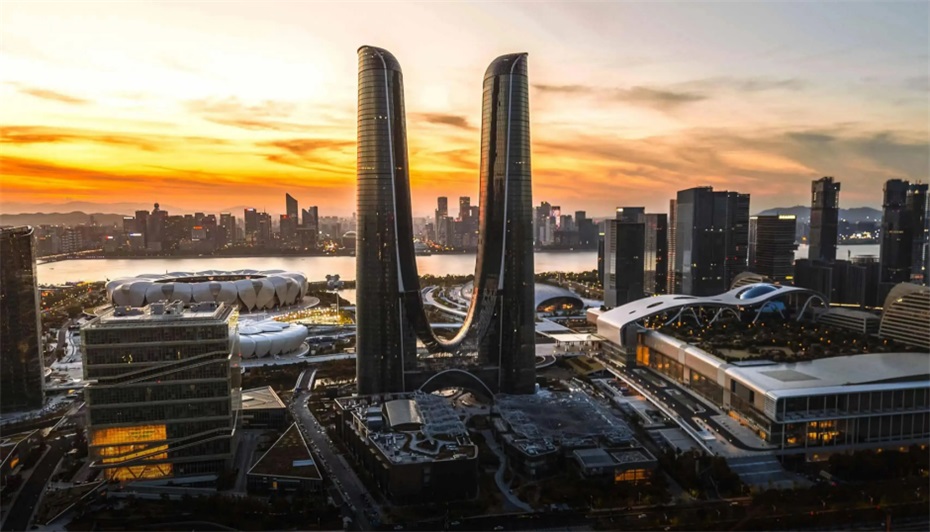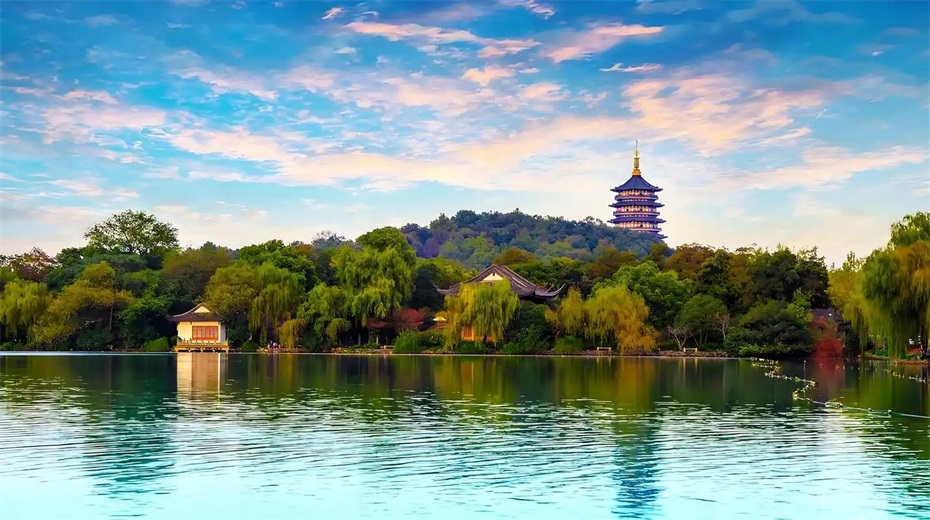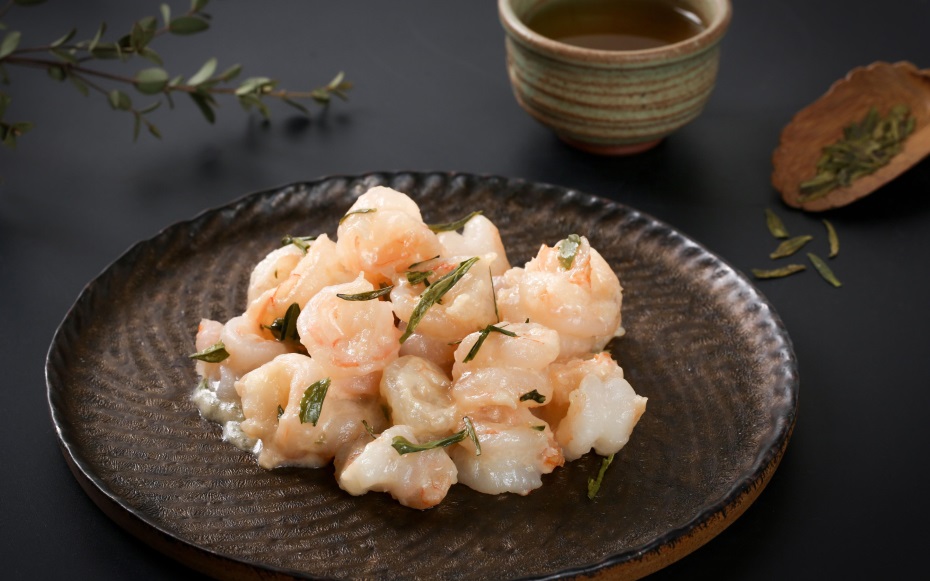Zhejiang Province
Overview of Zhejiang Province

Zhejiang Province, abbreviated as "Zhe", is located on the southeast coast of China and the southern wing of the Yangtze River Delta. It is one of the most active and open provinces in China's economy. The province has a land area of 105500 square kilometers and a sea area of 260000 square kilometers, with 11 prefecture level cities under its jurisdiction and a permanent population of 65.77 million people (2022 data). In 2022, the total GDP of the province reached 7.77 trillion yuan, and the per capita GDP has been among the top in all provinces and regions in China for several consecutive years.
Zhejiang Province currently governs 11 prefecture level cities including Hangzhou (provincial capital), Ningbo, Wenzhou, Shaoxing, Huzhou, Jiaxing, Jinhua, Quzhou, Zhoushan, Taizhou, and Lishui, with Hangzhou and Ningbo being sub provincial cities. As the most developed province in China's private economy, Zhejiang is known as the "land of fish and rice, the capital of silk and tea, the land of cultural relics, and a tourist destination". It is also the birthplace of the concept of "green mountains and clear waters are as valuable as mountains of gold and silver".
2Īó Geographical features
1. Location characteristics
Zhejiang Province is located between 27 ĪŃ 02 Īõ -31 ĪŃ 11 Īõ N latitude and 118 ĪŃ 01 Īõ -123 ĪŃ 10 Īõ E longitude. It borders the East China Sea to the east, Fujian to the south, Anhui and Jiangxi to the west, and Shanghai and Jiangsu to the north. The total length of the coastline in the province is 6486 kilometers, ranking first in the country, and it has the most islands in the country (3061).
2. Terrain and landforms
The terrain of the whole province presents a pattern of "seven mountains, one water, and two fields":
Southwest: Mountainous areas in southern Zhejiang (accounting for 70.4% of the province's total area)
Central region: Jinqu Basin
Northeast: Zhejiang North Plain
Eastern region: coastal hills and islands
3. Water system distribution
Qiantang River system: Zhejiang's mother river
Oujiang River System: Major Rivers in Southern Zhejiang
Grand Canal (Zhejiang section): World Cultural Heritage Site
Hangjiahu Plain River Network: A Typical Water Town in Jiangnan
4. Climate characteristics
Belonging to subtropical monsoon climate:
Annual average temperature: 15-18 Īµ
Annual precipitation: 1100-1900 millimeters
Significant features: distinct four seasons, simultaneous rain and heat, significant plum rain
3Īó Historical context
1. Origin of Civilization
Neolithic Age: Hemudu Culture (7000 years ago)
Liangzhu Culture: Empirical Evidence of 5000 Years of Chinese Civilization
Spring and Autumn Period and Warring States Period: Former Land of Yue State
2. Feudal period
Qin and Han Dynasties: Establishment of Kuaiji Commandery
Sui and Tang Dynasties: The opening of the Grand Canal promotes development
Southern Song Dynasty: Lin'an (now Hangzhou) became the capital city
Ming and Qing Dynasties: Jiangnan Economic and Cultural Center
3. Modern and Contemporary Development
After 1840: Ningbo and other trading ports were opened
During the Republic of China period: the rise of ethnic commerce and industry
After the reform and opening up, township enterprises and private economy flourished
21st Century: Digital Economy Pioneer Province
4Īó Cultural Essence
1. Regional cultural characteristics
Yue Culture: The Spirit of Struggling to Survive and Taste Courage
Southern Song Culture: Exquisite and Elegant Aesthetic Taste
Zhedong School: Practical and Practical Thought for Practical Application
Ocean culture: an open and inclusive mindset
2. Intangible Cultural Heritage

Folk art: Longquan celadon, Dongyang wood carving
Traditional skills: West Lake Longjing stir frying, Hangluo weaving
Folk culture: Qiantang tidal observation on Loong Boat Festival, March 3rd of She nationality
3. Dialect characteristics
Wu language: Northern and Central regions
Min language: Southern regions
Emblem: Western Regions
She language: a minority language
5Īó Tourist destinations
1. World Heritage Sites

Grand Canal (Zhejiang section)
Liangzhu Ancient City Ruins
Jianglang Mountain (part of China Danxia)
2. 5A level scenic spot
Hangzhou West Lake Scenic Area
Qiandao Lake Scenic Area
Putuo Mountain Scenic Area
Wuzhen Ancient Town Tourist Area
Hengdian World Studios
3. Featured tourism
Ancient Town Tour: Wuzhen, Xitang, Nanxun
Buddhist Pilgrimage: Mount Putuo, Mount Tiantai
Ecotourism: Moganshan, Nanxijiang
Red Tourism: Nanhu Revolution Memorial Hall
6Īó Food map
1. Characteristics of Zhejiang cuisine

Yongbang Cuisine: Ningbo rice dumpling, Yellow Croaker in Snow Vegetable Soup
Shaobang Cuisine: Shaoxing Drunken Chicken, Meigan cai with Pork
Warm dishes: Three shreds of beaten fish, river crab roe
2. Featured snacks
Hangzhou Pian Er Chuan
Jiaxing Zongzi
Jinhua puff pastry
Wenzhou fish balls
Quzhou Pancake
3. Specialty drinks
West Lake Longjing Tea
shaoxing rice wine
jinhua ham
Zhoushan Seafood
7Īó Development Status
1. Industrial system
Digital Economy: Leading Enterprises such as Alibaba
Manufacturing industry: Ningbo Zhoushan Port, Yiwu Small Commodities
Modern Agriculture: Advantageous Areas for Featured Agricultural Products
Cultural and tourism industry: a demonstration province for comprehensive tourism
2. Transportation network
Port: Ningbo Zhoushan Port (the world's largest port)
High speed railway: "Four Vertical and Four Horizontal" backbone network
Aviation: 7 transportation airports including Hangzhou Xiaoshan International Airport
Highway: The density of highways is leading in the country
3. Innovation ecosystem
Zhijiang Laboratory: National Strategic Science and Technology Force
Hangzhou West Science and Technology Innovation Corridor
Ningbo Yongjiang Science and Technology Innovation Zone
Wenzhou National Independent Innovation Demonstration Zone
From the Liangzhu civilization to the digital Zhejiang, from the poetry and painting Jiangnan to the entrepreneurial hotbed, this land of "seven mountains, one water, and two fields" is writing a magnificent chapter of high-quality development in the new era with the spirit of "working in practice, leading the way, and standing at the forefront". With both the natural scenery of "light makeup is always appropriate" and the innovative vitality of "daring to be the first in the world", it is becoming a wonderful model of Chinese path to modernization.
simliy
